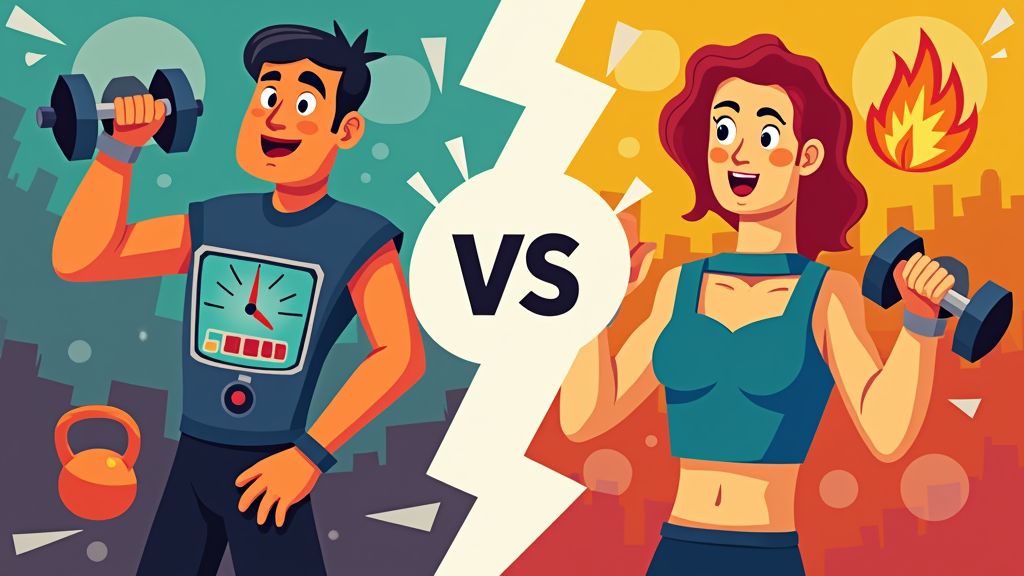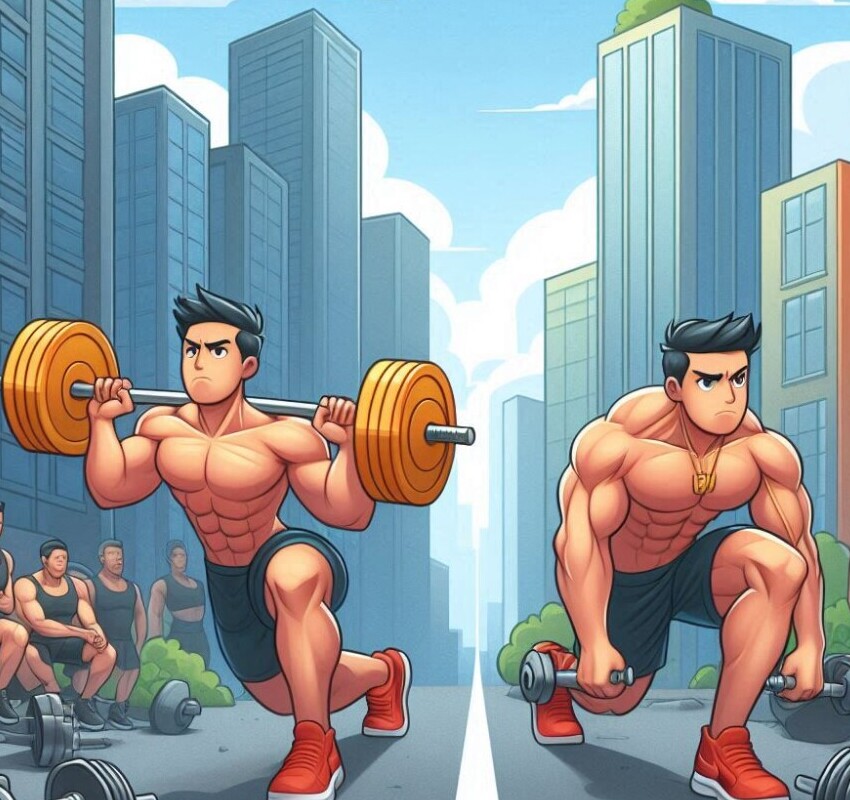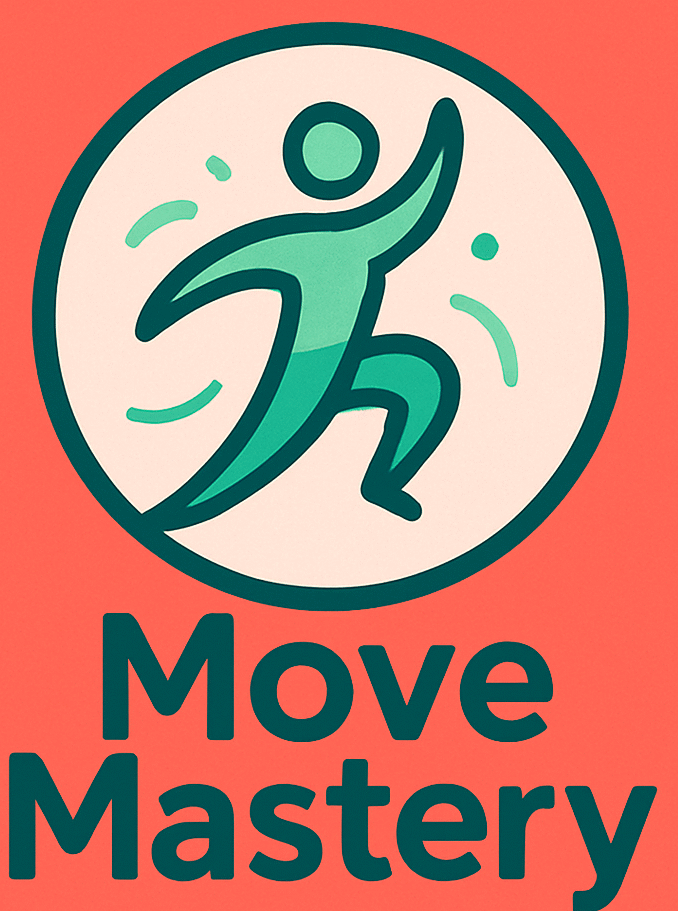
HIIT (high-intensity interval training) and strength training keep popping up in fitness conversations, especially if burning fat and maximizing calorie burn are on your radar. Both have pretty strong reputations for helping with weight loss, but they use different approaches and deliver unique perks. If you’re scratching your head trying to figure out which style is best for your goals, you’re definitely not alone. I’ve spent time with both at different points, so I’ll share what’s really going on behind the scenes and how HIIT and strength training stack up when it comes to blasting fat and torching calories. Let’s jump in to figure out which one suits your lifestyle.
Understanding the Basics: HIIT and Strength Training
What is HIIT?
HIIT stands for high-intensity interval training. The idea is simple but super effective: push yourself at max or close-to-max effort for a quick burst (like sprinting or doing burpees for 30 seconds), then catch your breath with a short rest or by slowing down to a gentler movement. This cycle keeps repeating, usually for 15 to 30 minutes total. HIIT gets its popular reputation thanks to how fast it can get your heart rate up and how much of an eye-catching sweat you can build in just a handful of minutes.
What is Strength Training?
Strength training is all about using resistance, like free weights, resistance bands, or even your own body weight, to make your muscles work harder. Moves like squats, bench presses, deadlifts, and planks are all classic examples. You can focus on heavy weights with fewer reps or lighter weights with more reps—it all comes down to your goals. This style works to build muscle mass, increase overall strength, and help sculpt your body. Plus, it’s a key part of any long-term health plan.
Who Are These Workouts Best For?
Who HIIT Appeals To
- People with busy schedules who want quick, efficient workouts
- Anyone who enjoys fast-paced routines without needing a lot of gear
- Fitness fans after cardiovascular boosts and all-body sweat sessions
Who Should Try Strength Training
- People wanting to build or hold onto muscle
- Anyone interested in injury preventionn or long-term strength
- Those aiming for more sculpted or toned body shapes
HIIT Pros and Cons
Pros:
- Rapid calorie burn in a short amount of time
- No fancy equipment needed for most routines
- Helps give a boost to cardiovascular health and endurance
Cons:
- Can be tough on beginners or for those with sensitive joints
- Higher risk of overdoing it if you don’t balance with rest
- Doesn’t build muscle as well as weight training
Strength Training Pros and Cons
Pros:
- Helps you grow and keep muscle mass
- Pumps up metabolism even at rest (thanks to extra muscle)
- Strengthens bones and joints for better long-term health
Cons:
- Physical changes may take time before they’re obvious
- Needs at least some equipment (eventually) as you progress
- Progress slows if you don’t switch up your program over time
Fat Burning and Calorie Burn: The Key Differences
How HIIT Burns Fat and Calories
The main attraction of HIIT is just how many calories you can torch in one short, focused session. While you’re grinding through those intervals, your body uses sugar (carbs) and fat as fuel. Once you finish, your body’s metabolism stays fired up for a while thanks to what’s called the “afterburn” effect—officially known as EPOC (excess post-exercise oxygen consumption). This means you’re still burning calories even as you rest, scroll social media, or watch TV after a workout.
Studies from the American College of Sports Medicine reveal that HIIT can burn 25-30% more calories in 30 minutes compared to steady-paced workouts. For anyone strapped for time, that’s a pretty impressive bang for your buck.
How Strength Training Burns Fat and Calories
Strength training might not set your calorie tracker spinning as fast during each session unless you keep your rests brief or do circuit formats. But here’s the game-changer: muscle tissue burns more calories than fat tissue, even at rest. When you build more muscle, your resting metabolism naturally rises. So, all your daily moves—walking, going up stairs, even sitting at your desk—end up using more calories simply because you’ve built extra muscle. Over several months, that translates to big gains in fat loss and overall calorie burn without marathon workouts.
Feature Comparison: HIIT vs Strength Training
- Calorie Burn Speed
HIIT wins for fast calorie burn. A solid 20-minute HIIT with jump squats and quick sprints will leave you breathing hard and sweating. Strength training burns calories at a steadier pace, but as you gain muscle, the daily burn quietly adds up. - Muscle Building Power
Strength training wins hands-down for muscle-building. While HIIT may include moves like lunges or pushups, it doesn’t spark the same muscle growth, which is crucial for boosting metabolic rate and changing body shape. - Workout Flexibility
HIIT can be done anywhere: your living room, a park, or even an empty hallway. Strength training can also be home-based if you have some dumbbells or bands, but you might want to pick up heavier weights for extra challenge as you get stronger. - Afterburn Effect
Both HIIT and heavy strength sessions can keep calorie burn buzzing for hours after you’re done, but HIIT tends to crank this up a notch thanks to its all-out intensity and bursts of movement. Powerlifting days or big circuits in strength training also drive this bonus burn effect. - Impact on Fat Loss
HIIT is awesome for quickly kicking off fat loss with blast-off calorie expenditure. Over months, strength training supports fat loss by trading body fat for lean muscle, reshaping your look, and building confidence. Together, they make a strong team.
Real-Life Examples and What Works Best in Practice
I’ve coached plenty of friends and clients eager to drop pounds fast. Lots of people think cardio is the magic bullet, yet when one friend swapped daily runs for three HIIT workouts and two strength training days each week, she saw the biggest shift in her body shape with the addition of weights. She felt stronger, had more energy, and her jeans started fitting way better—not just from calorie burning, but because her muscle tone improved.
A common scenario is the “post-vacation reboot” after travel or holidays. It’s tempting to only set your sights on HIIT to shred new pounds. But if your true goal is a toned look with sustainable results, mixing in strength training gives longer-lasting payoffs. I’ve noticed that switching things up between HIIT and weights also fights off boredom and keeps motivation levels high.
What Fitness Fans Are Saying
- HIIT: Fans rave about the quick exhaustion (in a satisfying way!), boosts in energy, and stronger cardio performance. On the flip side, it can leave folks really sore, and doing it too many days in a row becomes tough without proper rest.
- Strength Training: Folks love the muscle tone, confidence, and hands-on strength they gain. Some beginners get nervous about nailing good form, but most find it gives a real sense of accomplishment. For many, seeing their measurements change—not just the number on the scale—keeps motivation high.
Overall Reputation: HIIT and strength training both have passionate communities. Whether you like them individually or in combo, you can get fantastic results tailored to your life.
So which is better for burning fat and calories?

It all boils down to your favorite workout style, what keeps you coming back, and your ultimate goals. Here’s a super simple roadmap to figure out your best fit:
Go for HIIT if you want to:
- Burn lots of calories in a short session
- Give a boost to cardiovascular health and endurance
- Love lively, fast paced routines and a mix of exercises
Choose strength training if you want to:
- Grow lean muscle and build strength
- Shape or “tighten” your figure
- Crank up your resting calorie burn throughout your day
For rock-solid results, plenty of trainers (me included) recommend combining both: add a few HIIT routines each week and sprinkle in two or three strength-focused sessions. You’ll get that fast calorie burn and the long-term body transformation without ever getting bored. Listen to your body, find what feels good, and you’ll stay on track—and snag awesome, healthy results along the ride.
Have you given HIIT, strength training, or both a shot? Share your stories or hit me up with your questions in the comments. Let’s help each other keep stepping up our fitness adventures!
